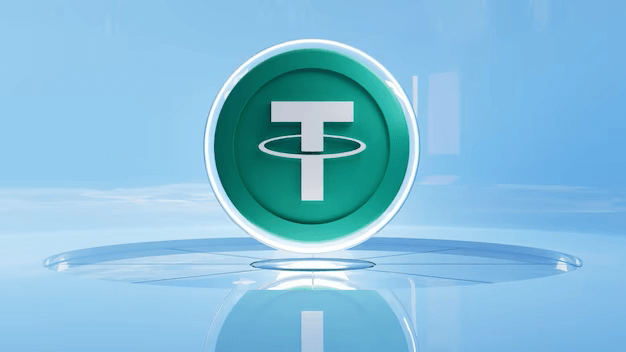DECENTRALIZED STABLECOINS
What are Decentralized Stablecoins?
Decentralized stablecoins are digital assets designed to maintain a stable value against a specific reference asset or basket of assets, such as fiat currencies like the US dollar or commodities like gold. Unlike traditional cryptocurrencies like Bitcoin, which can experience significant price volatility, stablecoins aim to provide stability and reduce the risk associated with fluctuations in value.

How Decentralized Stablecoins Work?
One of the key distinguishing features of decentralized stablecoins compared to their centralized counterparts is the decentralized governance structure. In centralized stablecoins, a single entity or authority controls the issuance, distribution, and pegging of the stablecoin to a specific asset or basket of assets.
In contrast, decentralized stablecoins operate on blockchain networks with distributed governance models, where decision-making power is distributed among multiple participants in the network. This decentralized governance ensures that no single entity has complete control over the stablecoin’s operations, making them more resistant to censorship, manipulation, and single points of failure.
However, within the realm of decentralized stablecoins, there are variations in the mechanisms used for minting and maintaining the stablecoin’s peg.
Types of Decentralized Stablecoins
These mechanisms of Decentralized Stablecoins can broadly be categorized into two main types:
- Collateralized Stablecoins: These stablecoins are backed by collateral assets held in reserve, which could include fiat currencies, cryptocurrencies, or other assets. The value of the collateral is used to maintain the stability of the stablecoin. If the stablecoin’s value deviates from its peg, mechanisms such as arbitrage or issuance and burning of tokens are employed to bring it back to the pegged value. Examples of collateralized stablecoins include Tether (USDT), USD Coin (USDC), and Dai (DAI).
- Algorithmic Stablecoins: These stablecoins use algorithmic mechanisms, such as smart contracts and algorithms, to manage the token supply dynamically and maintain price stability. The algorithm adjusts the token supply based on changes in demand to stabilize the stablecoin’s value. Algorithmic stablecoins do not rely on collateral reserves but instead use economic incentives and mechanisms to regulate the token supply. Examples of algorithmic stablecoins include Ampleforth (AMPL) and Terra (LUNA).
While both types of decentralized stablecoins share the common feature of decentralized governance, they differ in their approach to maintaining price stability. Collateralized stablecoins rely on collateral reserves, while algorithmic stablecoins use algorithmic mechanisms to adjust token supply dynamically. Each approach has its own advantages and challenges, and the choice between them often depends on factors such as scalability, security, and decentralization.
Benefits of Decentralized Stablecoins
- Reduced Volatility: Stablecoins aim to maintain a stable value, making them suitable for use as a medium of exchange, store of value, or unit of account in transactions and smart contracts.
- Borderless Transactions: Stablecoins enable frictionless and efficient cross-border transactions and remittances, as they are not subject to the same regulatory constraints and banking infrastructure limitations as traditional fiat currencies.
- Financial Inclusion: Stablecoins can facilitate financial inclusion by providing access to banking and financial services to unbanked and underbanked populations, especially in regions with limited access to traditional banking infrastructure.
Risks associated with Decentralized Stablecoins
Decentralized stablecoins also face challenges just like other currencies. Some of those are as follows:
- regulatory scrutiny
- scalability issues
- maintaining stability during extreme market conditions.
Additionally, the effectiveness of algorithmic stablecoins relies on the robustness of their underlying algorithms and smart contracts, which may be subject to vulnerabilities and exploits.
The Bottom Line
Overall, decentralized stablecoins represent an innovative solution to the challenges of cryptocurrency volatility and offer the potential to transform global finance by providing stability, accessibility, and efficiency in the digital economy.
YOU CAN WIN $200 EVERY HOUR




